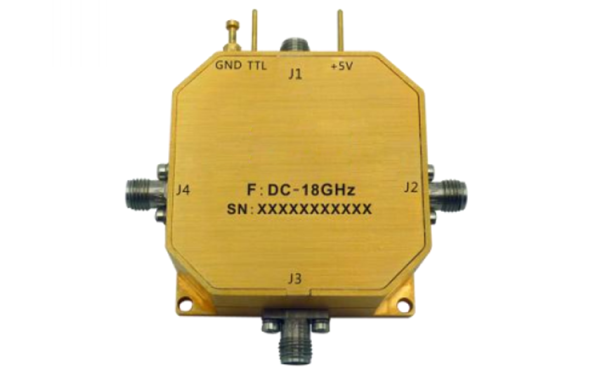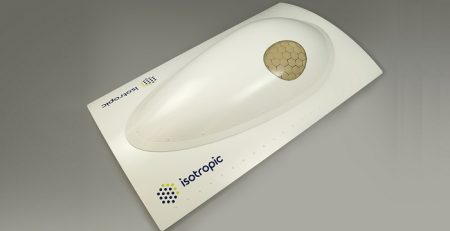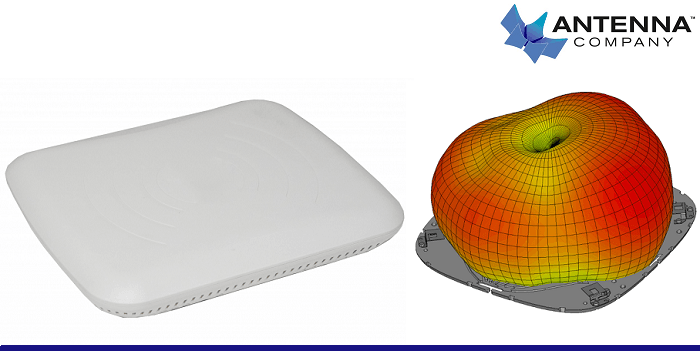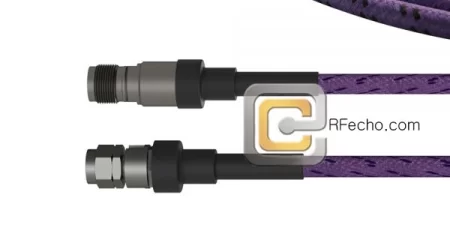Simplifying Complex Circuits with the Versatile DPDT Switch
 What is a DPDT Switch?
What is a DPDT Switch?
A Double Pole Double Throw (DPDT) switch is an essential component in creating versatile and reliable electrical circuits. The dpdt switch is designed to control two separate circuits simultaneously, making it a staple in both simple and complex applications. Its unique design allows it to redirect the current flow in two different paths, both in the ‘ON’ and ‘OFF’ states. This flexibility makes the dpdt switch an invaluable tool in the toolkit of any electronics enthusiast or professional.
How Does a DPDT Switch Work?
Understanding how a dpdt switch functions begins with recognizing its internal architecture. The switch comprises two inputs and four outputs, organized in such a manner that flipping the switch redirects the current between multiple circuits. When the switch is in the ‘ON’ position, it connects each input to one set of outputs, and in the ‘OFF’ position, it connects to another. This ability to alternate connections allows seamless control over the direction and pathway of the current.
Types of DPDT Switch Configurations
DPDT switches are available in various configurations to suit different needs and applications. One common type is the manual lever-flick switch, often seen in home automation systems. Another type is the slide switch configuration, which is ideal for compact devices due to its slim profile and easy operation. Lastly, the rocker switch configuration is frequently used in automotive and industrial applications because of its robust design and ease of use. Each configuration offers unique benefits tailored to specific use cases, ensuring that there is a dpdt switch suited for every requirement.
Schematic Representation
The schematic representation of a dpdt switch is essential for understanding its operation within a circuit. Typically, the diagram displays two columns of contact points, each representing one of the poles of the switch. The lines connecting these points reflect the pathways the current can take when the switch is toggled. Such diagrams are crucial for planning and troubleshooting circuits, providing a clear visual guide for how the dpdt switch redirects the flow of electricity. By studying these schematics, users can more effectively design and implement systems that leverage the versatile capabilities of the dpdt switch.
Applications of DPDT Switches
DPDT switches are highly versatile and find applications across a wide range of industries.
Industrial Uses: In industrial environments, these switches serve crucial roles in machinery and automation systems. They are used to reverse motor directions, control actuators, and as part of safety interlock systems. The ability to handle high currents and robust design make them suitable for rugged use. Additionally, they are often integrated into control panels for operations ranging from conveyor systems to automated production lines.
Consumer Electronics: In the realm of consumer electronics, dpdt switches are the backbone of devices requiring reliable and compact switching solutions. They can be found in audio-visual equipment, as selectors for different input sources, and in household appliances to switch between functionalities. Their compact size and dependable performance make them ideal for use in modern electronics where space and reliability are critical.
Advantages of Using a DPDT Switch
The dpdt switch offers several advantages that make it an attractive choice for various applications. Firstly, its ability to control two separate circuits simultaneously from a single control point enhances operational efficiency. It simplifies wiring and reduces the number of components needed, which can be particularly beneficial in space-constrained environments. Secondly, the flexibility in configuring the switch for different pathways enables easy modifications and upgrades to existing systems, providing long-term adaptability. Lastly, the robustness and reliability of dpdt switches ensure consistent performance even in demanding conditions, making them a cost-effective solution over the long run.
Selecting the Right DPDT Switch for Your Project
Choosing the appropriate dpdt switch for your project involves careful consideration of several factors.
Electrical Ratings: One of the most critical aspects to evaluate is the electrical ratings of the switch, including the voltage and current it can handle. Selecting a switch with the appropriate ratings ensures safety and reliability. Overloading a switch can lead to malfunctions or hazards, making it vital to match the switch’s capabilities to the demands of the application.
Physical Design and Durability: The physical design and build quality of the switch are also pivotal. Depending on the usage environment, the switch might need to endure mechanical stress, vibrations, or exposure to harsh elements. Opting for a switch with a durable construction can prevent premature failures and ensure prolonged performance. Additionally, the switch’s form factor should fit within the spatial constraints of the design, whether it’s a compact gadget or a robust industrial machine.
 RFecho
RFecho
RFecho is a leading provider of high-quality radio frequency (RF) and microwave products, including the versatile DPDT (Double Pole, Double Throw) switch. This switch is a crucial component in the field of electronics, renowned for its ability to simplify complex circuits and enhance the efficiency of electronic devices.
The DPDT switch from RFecho is a marvel of engineering, designed to control two separate circuits simultaneously. It can switch between two inputs or toggle a single input between two outputs, making it an incredibly versatile tool in circuit design. This switch is especially useful in applications where control of multiple outputs is required from a single point, such as in audio and radio frequency systems.
RFecho’s DPDT switch stands out for its superior performance, reliability, and durability. It is built to withstand rigorous use and harsh conditions, ensuring long-lasting performance. The switch is also designed for easy installation and operation, making it a user-friendly choice for both professionals and hobbyists.
Troubleshooting Common Issues with DPDT Switches
Despite their reliability, dpdt switches can sometimes encounter issues that need troubleshooting.
Connectivity Problems: One common issue is intermittent connectivity, where the switch fails to establish a consistent connection when toggled. This problem can stem from worn-out contact points or accumulated debris inside the switch. Regular maintenance and cleaning can mitigate this issue, ensuring the switch operates smoothly.
Mechanical Failures: Another problem can be mechanical failure, where the switch mechanism becomes stiff, preventing proper toggling. This could be due to mechanical wear or damage caused by overuse. In such cases, replacing the switch is often the best solution to restore functionality.
Incorrect Wiring: Sometimes, issues arise due to incorrect wiring during installation, leading to unexpected behavior in the circuit. Reviewing the schematic diagrams and ensuring all connections are correctly made can resolve these problems. Using a multimeter to check connectivity can also help identify and fix wiring errors.
In conclusion, the dpdt switch is a versatile and indispensable component in both industrial and consumer applications. Its ability to control multiple circuits from a single control point provides enhanced efficiency and flexibility. Understanding its working mechanisms, selecting the right type for your needs, and knowing how to troubleshoot common issues can ensure optimal performance and long-term reliability. Whether designing complex systems or simple applications, the dpdt switch offers a robust solution for managing electrical pathways effectively.


 What is a DPDT Switch?
What is a DPDT Switch? RFecho
RFecho





